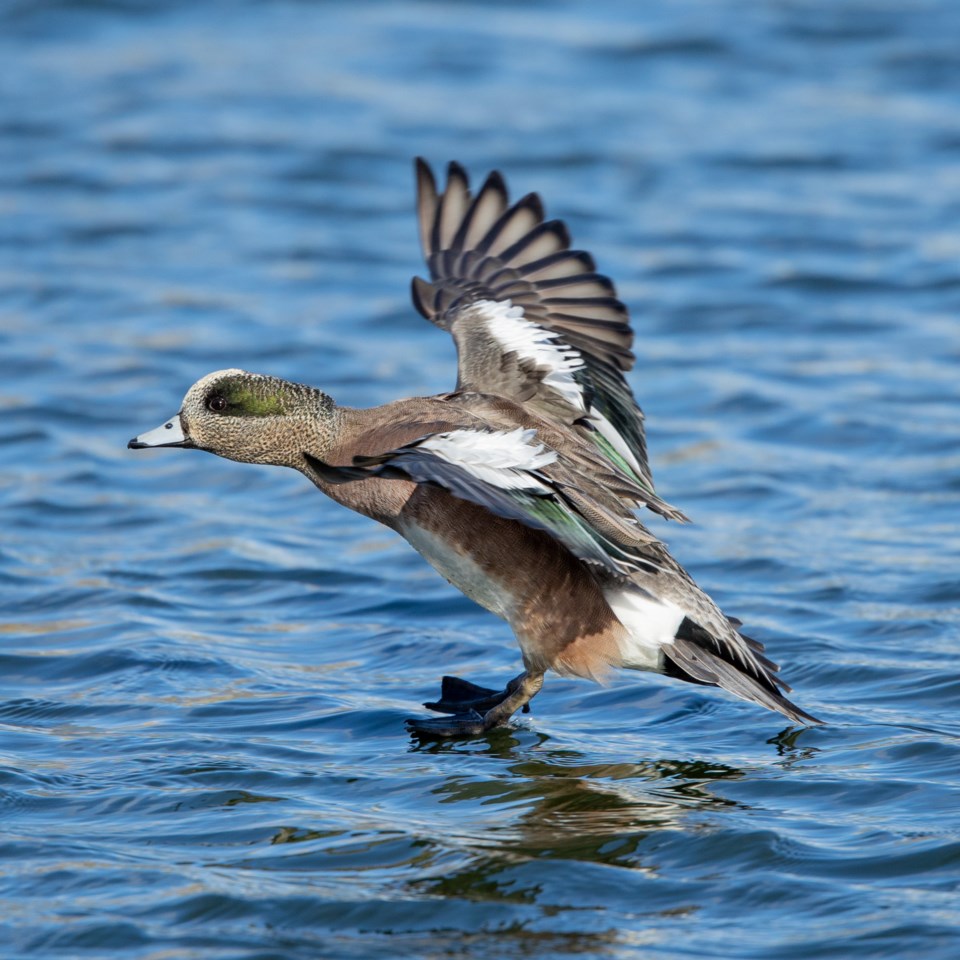Autumn season for birds ended with token few numbers and a brisk winter wind on Nov. 30, 2023, which also marks the year-end for birds. The year was unusual; spotty numbers of most species, yet the biodiversity was right on the long-term average of 175 species. We netted one more thanks to a very surprising once-in-a-lifetime visitor, the Scissor-tailed Flycatcher, which was not seen elsewhere in British Columbia, but did show up on the Alaska panhandle. (Same bird?)
Our winter season ended on Feb. 28, with the on-average 61 species. The unusual sighting was a coastal Anna’s Hummingbird at Christmas. For the following spring quarter, it was a struggle to round up 129 species, seven below the 18-year average. The bird of the season was a Western Screech-Owl on the Lost Lake circuit. However, by summer our birding corps nailed 130 species, 10 above the average (including, of course, the Scissor-tailed Flycatcher). Nonetheless, some of the typical sightings were missed.
For the autumn, which has just wound up in unusual dry and cool weather, the observations of red-naped sapsucker, yellow-billed loon and stilt sandpiper were rare. The big item was at “Rebagliati Bay” (Green Lake at the bottom of the Rainbow subdivision) filled with American wigeon ducks and American coots (when not at the float plane wharf). On some days, the numbers of each pushed 100 or more. The autumn count was on the average of 106 species. Although it included trumpeter swans, their meager numbers one can count on the fingers of two hands.
The Whistler monthly counts have been well attended, with Chris Dale up for most of them to share his superb observations with us. The number of keen and efficient observers is slowly growing, but two of us are now at the out-to-pasture stage!
Heather Baines, for more than 20 years, has been a dedicated stalwart in her mentorship of novice birders. Always patient with questions, she’s also happy to chant her idioms of birdsong to help in differentiating species. Her long-standing birdwatching history gave her deep knowledge of bird identification by sight, hearing, and flight patterns, which she was always willing to share with those interested. All were welcome to join the Whistler Bird Walk, with Heather willing to coach anyone who joined in to appreciate the wonder of our feathered friends more fully. Heather understands that birds are not only a daily, delightful connection to nature, but long-term studies reveal birds as excellent indicators—allowing us to better understand the overall health of our ecosystems and the environment.
Heather is a long-standing contributor to citizen science, and has a long history of volunteerism. She spent thousands of hours of her time contributing to the BC Breeding Birds Atlas surveys (2008-2012), with the B.C. waterbird survey, and B.C. loon surveys. Over many years, she has regularly participated in more than seven individual Christmas Bird Counts across B.C. annually!
The Whistler Naturalists would like to say a huge thanks to Heather Baines, who is stepping down as coordinator of Whistler’s Monthly Bird Walk and Monitoring Program after more than 20 years. Thank you for your energy, knowledge, and participation.
Naturespeak is prepared by the Whistler Naturalists. To learn more about Whistler’s natural world, go to whistlernaturalists.ca.




